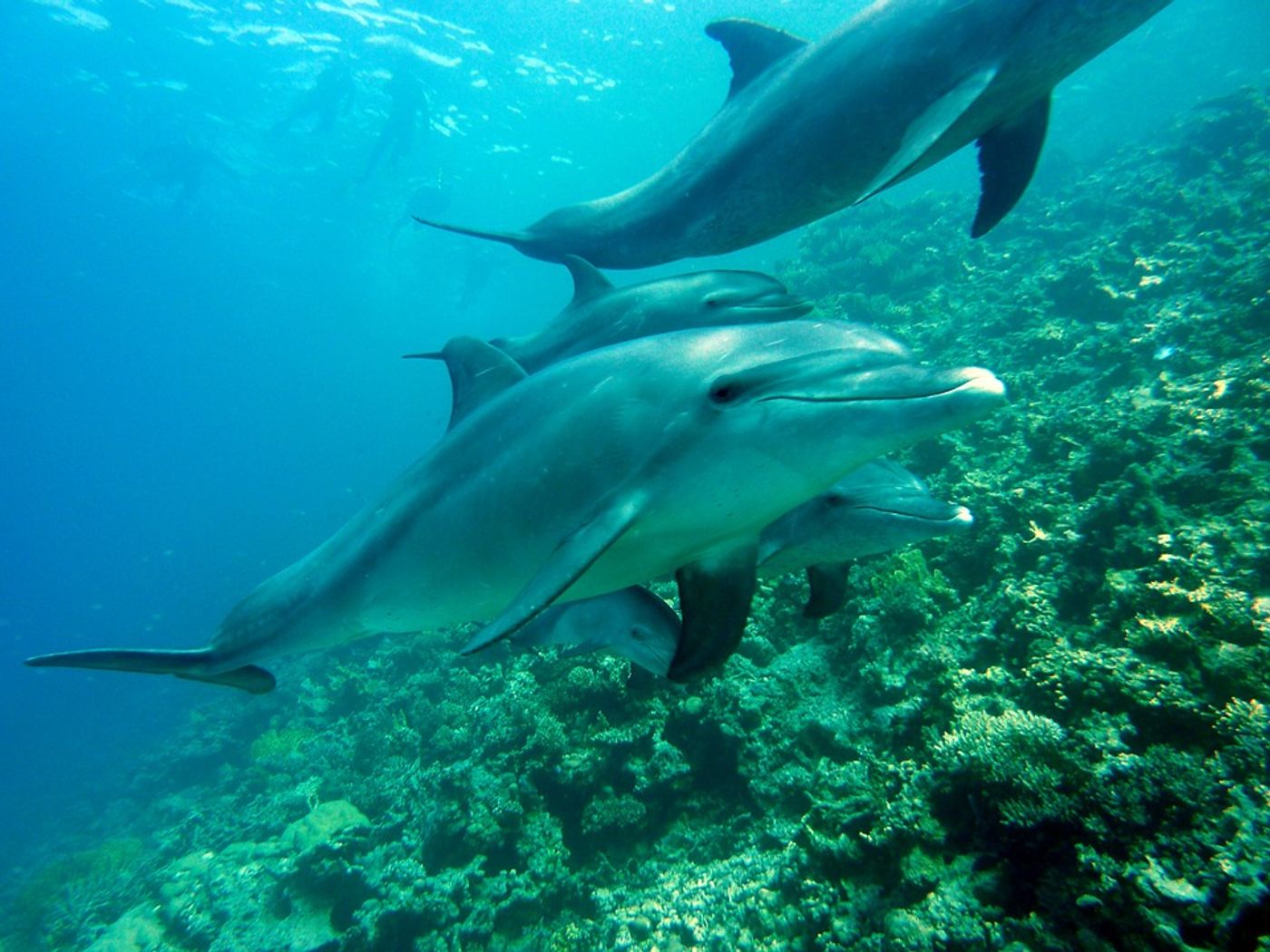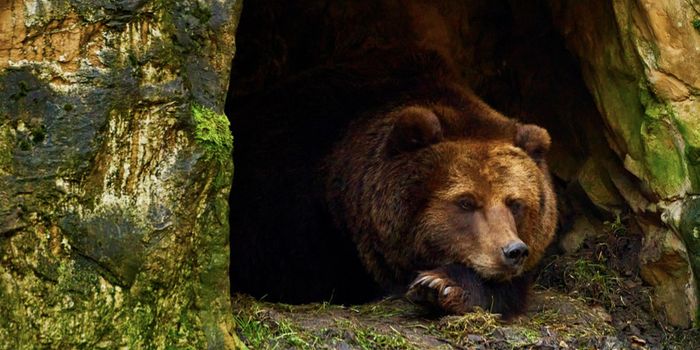Rival Dolphin Groups Take Turns Sharing Regions, Study Finds
It’s no secret that dolphins are some of the ocean’s most intelligent creatures, and perhaps unsurprisingly, there’s more to be learned about their cryptic behavior than meets the eye.
Image Credit: Pixabay
An international team of researchers observed complex social behaviors in bottlenose dolphins after spending more than 16 years studying individual groups in the Northern Adriatic Sea. Their findings have been published this week in the journal Marine Biology.
Scientists have long known that dolphins selectively choose their social circles and shun rival groups by partitioning themselves off from others, much like humans pick their friends up here on the surface. With that in mind, it’s not uncommon for rival groups to clash with one another.
At least three dolphin groups are known to exist in the Gulf of Trieste, but as the researchers soon found out, they’ve learned to co-exist with one another by taking turns roaming certain areas of the region depending on the time of day. Consequently, they avoid butting heads.
"We were quite surprised by this. It is not uncommon for dolphins to segregate into different parts of the sea, but to have certain times of the day in which they gather is unusual," explained study lead author Tilen Genov from the University of St. Andrews.
"We would sometimes see one social group in the morning and then the group in the same area in the late afternoon."
Related: Male dolphins present females with gifts during mating attempts
The mannerisms by which these dolphin groups formed and existed weren’t much different from how groups of friends exist up here in the human world. Two of the larger groups were somewhat stable and comprised of long-lasting friends, but these groups didn’t like each other and opted to keep their distance from one another.
Outside of both larger groups was a third, smaller group. Dolphins from this group joined and left frequently, but the constant diversity of this smaller group helped it get along better with the two larger groups. Members of the smaller group could act as double-agents and move between groups more freely than members of either of the two larger groups.
The researchers don’t yet fully understand how this particular dolphin community learned to take turns with specific regions as they appeared to do throughout the study, but additional research involving other populations could provide insight.
Related: Saving vaquita porpoises with the help of dolphins
It should be interesting to see of dolphin populations elsewhere in the world partake in similar site-sharing behavior, but the only way we’ll find out is with future research.
Source: University of St. Andrews via Phys.org, Marine Biology









